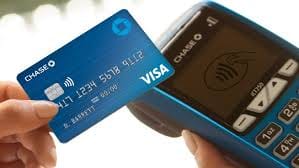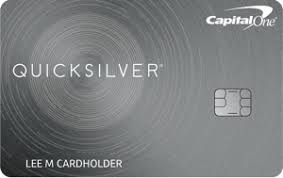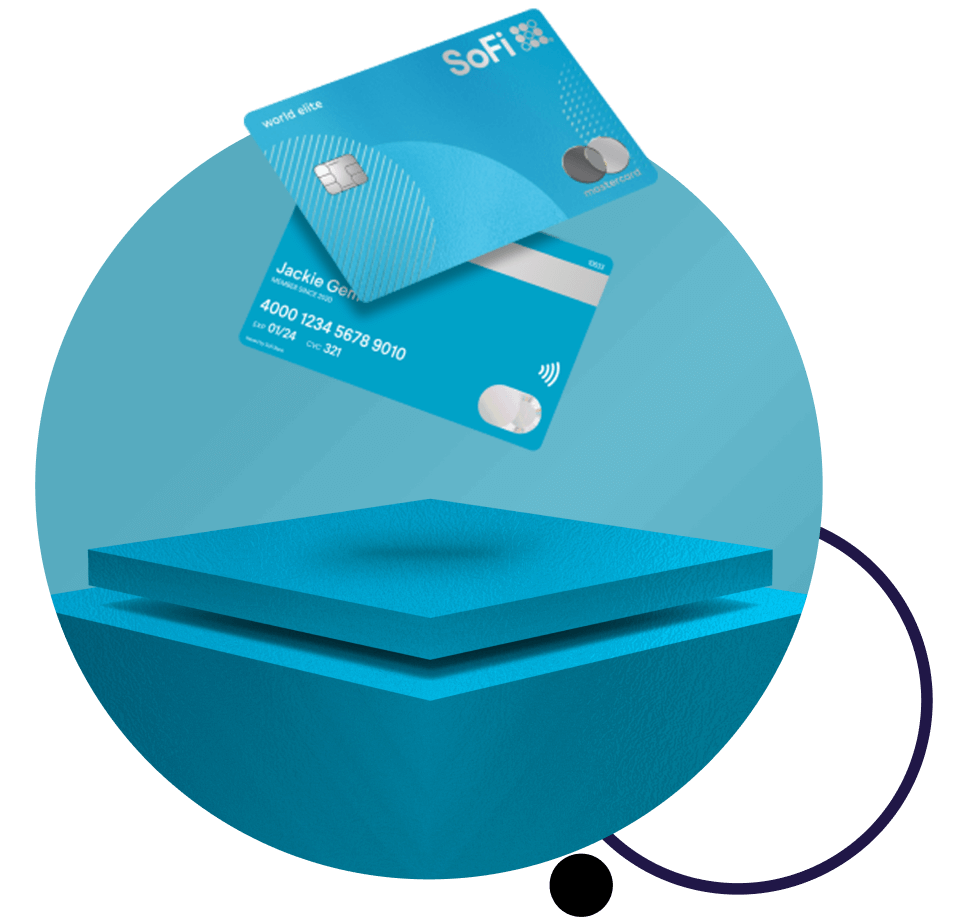How to spot credit card skimmers and avoid fraud
Credit Card fraud is a growing problem. Credit card skimmers are one of the main ways thieves target users like you/ Here's what to keep an eye out for.

Why Trust Us
Salt & Pepper Finance is an independent expert publication– we don’t bend to affiliates like those other blogs. Our experience and suggestions are our own and not fueled by anyone else (or their money). Plus, we’re people– we have been in debt and made it to the other side. We grew up where money was a taboo topic and we want to help answer the questions that are real, but not commonly discussed. For more info read our About Us page. If you’d like to help our cause please consider joining our free newsletter.
Every time you swipe or insert your credit card, you risk encountering a credit card skimmer — a sneaky device that can steal your card's information without you even realizing it.
Here's how to spot a credit card skimmer and the measures you can take to safeguard your information from theft.
What is a credit card skimmer?
A credit card skimmer is a device that steals credit card information. They’re often found in locations that aren’t heavily monitored where unsuspecting users swipe often — think self-pay gas station pumps, ATMs, or self-checkouts.
Thieves will install the skimmer device while acting as an ordinary customer, leave it for victims, then come back to retrieve the device along with the captured user information.
How do credit card skimmers work?
A credit card skimmer works by illegally capturing and storing the information on a credit card's magnetic stripe. Here's a breakdown of its operation:
- Installation: Culprits discreetly attach the skimmer device over a legitimate card reader slot, like those found on ATMs, gas pumps, or other point-of-sale terminals. Some advanced skimmers can also be installed inside the machine, making them even harder to detect.
- Data capture: When an unsuspecting cardholder swipes or inserts their card into the compromised slot, the skimmer reads and stores the card's magnetic stripe data. This data includes the cardholder's name, card number, expiration date, and the CVV (a series of service codes and encoded information).
- Retrieval: The thief later returns to retrieve the skimmer and download the captured card data. Some sophisticated skimmers can transmit the data wirelessly, removing the need for retrieval.
What happens when your card is skimmed?
When your credit or debit card is skimmed, the person who installed the skimmer can access your credit card data. Here’s what that means:
- Data use: Once the criminals have the card data, they can either clone the card or sell the information.
- Clone the cards: Transfer the stolen data onto blank cards to make unauthorized purchases.
- Sell the information: Offer the captured card details on the black market, where other criminals can purchase them.
- PIN capture (for ATMs): In some cases, skimmers are paired with hidden cameras or fake keypads to capture the cardholder's PIN. This combination allows criminals to make unauthorized purchases and withdraw cash directly from the victim's bank account.
How can I avoid being a skimmer victim?
To sidestep the snares of credit card skimmers, be observant and take specific precautionary actions when using card terminals or ATMs. Following this short list of essential steps can help you increase your defense against these intrusive devices.
- Check for a security seal: A tamper-evident security seal is often placed across card terminals, especially on gas pumps. If this seal appears broken or tampered with, avoid the machine. A compromised seal can be an immediate red flag, indicating a skimmer's presence.
- Pay at the cash register: Whenever possible, make payments directly at the register to minimize risk. Stand-alone terminals, especially those outside, are more vulnerable to tampering. Paying directly with a store clerk and using terminals within a store often provides an added layer of security against skimming threats.
Inspect for signs of skimming devices: Start by inspecting the card slot. Skimming devices often present as unusual overlays, are mismatched in color, or have protruding parts. Be wary of any of these anomalies — if your “spidey sense” is going off, trust your gut.
What to do if you spot a credit card skimmer
- Do not use the machine and don’t touch the skimmer: First and foremost, if you suspect a skimmer is attached to a machine, such as an ATM or gas pump, do not insert your card, and do not attempt to remove the skimmer.
- Inform the appropriate authorities: Notify the local police about the suspected skimmer. They can investigate further and ensure the device is removed properly.
- Notify the business: If the skimmer is on a machine at a business location, like a gas station or retail store, inform the management or staff immediately. They can take precautions and check other machines.
- Check surrounding machines: Skimmers can often be installed on more than one machine in proximity. If you find one on an ATM or gas pump, check other nearby machines.
- Monitor your accounts: If you used the machine before noticing the skimmer, monitor your bank and credit card statements closely for any unauthorized transactions.
- Protect your PIN: If you're at an ATM, always cover your hand while entering your PIN to prevent any hidden cameras from capturing your information.
What to do if your card is skimmed
Taking prompt and decisive action is paramount upon suspecting or confirming that your credit card has been skimmed. There are a few crucial measures to follow that will help secure your financial standing and aid in the combat against these fraudulent activities.
- Alert your credit card issuer and dispute charges: First and foremost, contact your credit card issuer without delay. Inform them of the suspected skimming and review recent transactions together. Swift communication ensures any unauthorized charges are flagged, disputed, and potentially reversed, safeguarding your financial assets.
- Place a credit freeze on your report: By placing a freeze on your credit report, you make it harder for identity thieves to open new accounts in your name. While this doesn't affect your credit score, it offers an extra layer of protection. This proactive measure thwarts unauthorized credit inquiries and account openings, preserving your credit reputation.
- File a report with the FTC: The Federal Trade Commission (FTC) plays a vital role in tracking and combating fraudulent activities. By filing a report, you contribute to broader efforts to clamp down on skimming and related crimes. Your report not only aids your individual case but also strengthens collective data and strategies against fraudsters.
10 tips for avoiding physical or online credit card theft
- Use EMV chip cards: Chip cards are more secure than traditional magnetic stripe cards. If you don't have one, request an upgrade from your bank.
- Regularly update passwords: Change your online banking and shopping account passwords periodically. Use strong, unique combinations of letters, numbers, and symbols.
- Enable two-factor authentication: Use two-factor authentication for added security on online accounts whenever available.
- Be wary of public Wi-Fi: Avoid accessing sensitive information or conducting transactions over unsecured public Wi-Fi networks.
- Monitor your statements: Review your credit card and bank statements regularly to catch any unauthorized transactions early.
- Keep cards close: When out and about, ensure your credit card doesn't leave your sight during transactions, and store it securely afterward.
- Shred old statements: Don't throw out credit card statements or offers directly. Shred them to prevent potential thieves from accessing your data.
- Install security software: Ensure your computer and mobile devices have updated security software to protect against malware and phishing attacks.
- Be skeptical of unknown emails: Don't click on links or download attachments from unknown or suspicious email sources. They might be phishing attempts.
- Limit shared information on social media: Be cautious about the personal information you share on social platforms, as thieves can use this data for identity theft or other fraudulent activities.
FAQs
Where are credit card skimmers found?
Credit card skimmers are most commonly found on ATMs, gas station pumps, and point-of-sale terminals. Knowing where a skimmer may be located is the first step in safeguarding your financial data.
What does a skimmer look like?
At first glance, a skimmer may blend seamlessly with the machine's original components. They appear as additional attachments or overlays on the card insertion slot. More specifically, they might be characterized by a thicker or unusual card reader, mismatched colors, or loose parts that don't align with the overall design.
Can a skimmer be detected?
Yes, you can spot credit card skimmers, but it requires vigilance. Often, the anomalies in a machine's appearance or functionality can hint at the presence of a skimmer. Regular device inspection and monitoring your account for suspicious activity are crucial steps in identifying and avoiding these malicious devices.




Comments ()